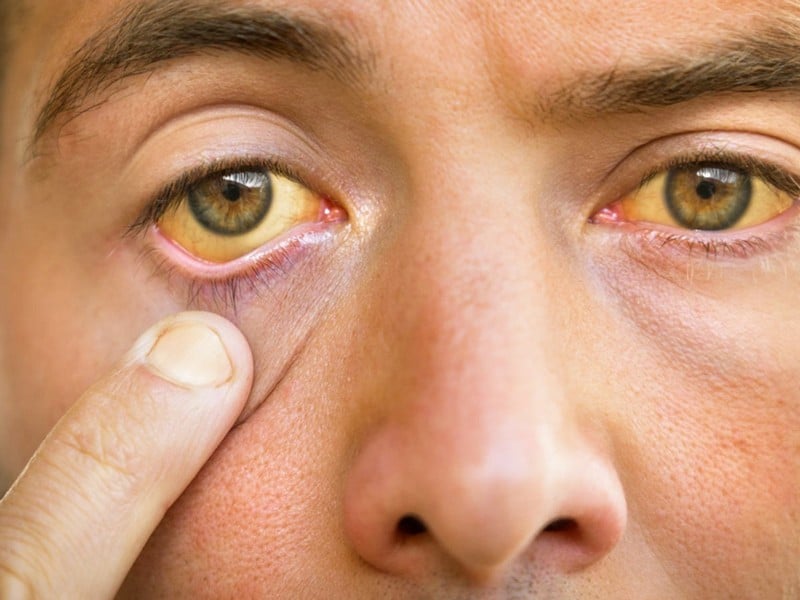Jaundice

Jaundice is a condition where the mucous membranes, skin, and eyes’ whites have a yellow tinge. It’s a common symptom associated with the liver or bile ducts, such as an obstruction caused by gallstones. When these organs aren’t working normally, it causes waste materials known as bilirubin to start accumulating in the bloodstream, which is what turns a person’s color yellow. As it progresses, the color will begin changing to green due to biliverdin, the green-colored pigment in bile.
Because jaundice is a symptom of another medical condition, the appropriate treatment will depend on its underlying cause. For example, if the bile duct obstruction of gallstones causes it, doctors may prescribe medications that can remove the obstructions. However, in most cases, surgical procedures like cholecystectomy are performed because the organ isn’t necessary. Moreover, leaving the gallbladder intact will only result in the eventual recurrence of the obstruction and jaundice.
If it’s liver cirrhosis behind jaundice, the primary goal is generally to slow the scar tissue development’s progression and treat any other associated complications. Apart from medications or surgery, it will also require significant lifestyle changes, such as quitting drinking to minimize further liver damage.










